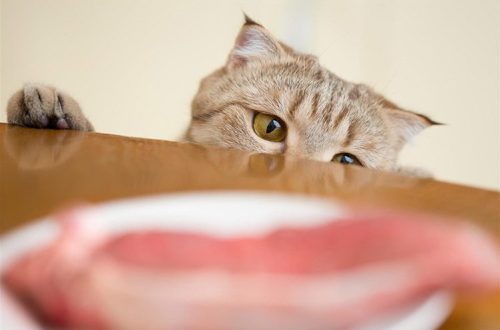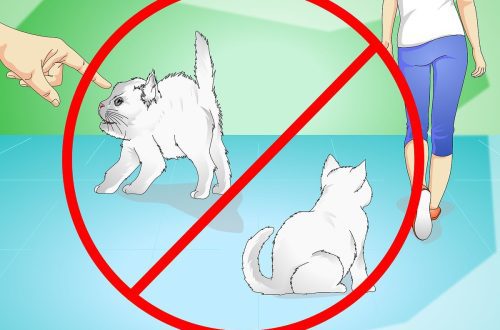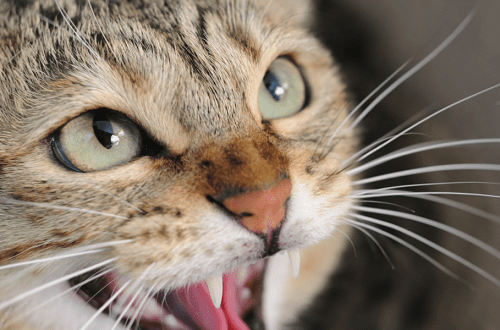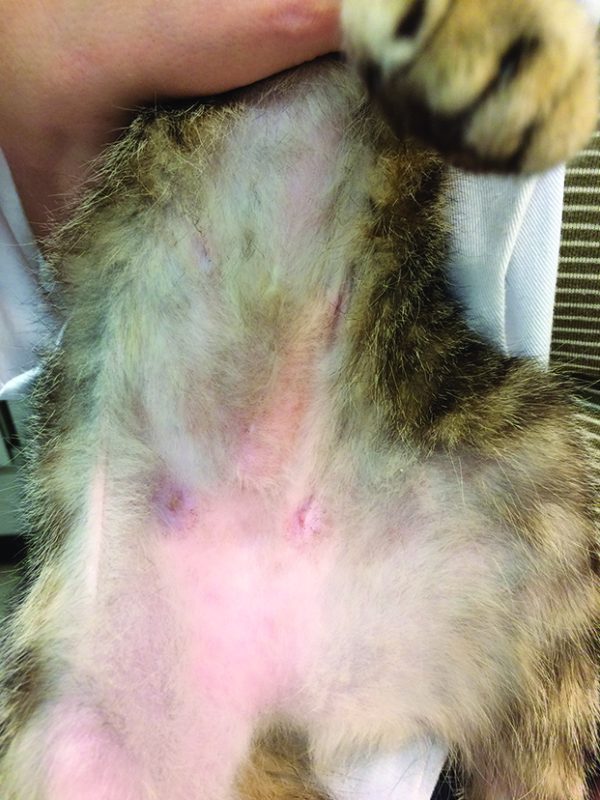
Алапецыя у кошкі
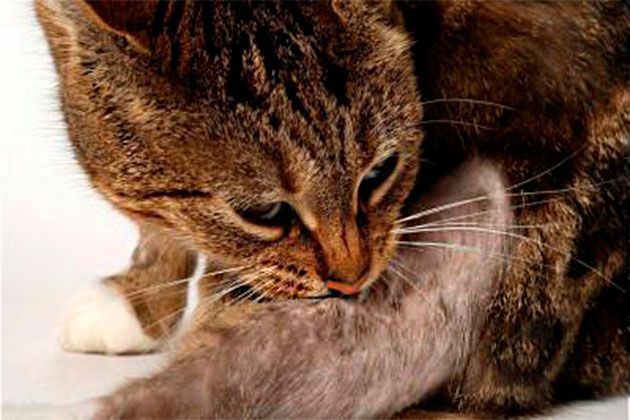
“Our cat has a bald spot. Is it lichen? – the first thought creeps in. But not every area of baldness is lichen. So why is the cat going bald? Learn about the causes of hair loss in cats.
Partial hair loss is normal. Most cats undergo seasonal molting – a natural process for the body. Baldness in cats is excessive hair loss. It leads to the formation of bald patches (alopecia) on the body of the animal. Alopecias are focal and diffuse, single and multiple. There are many reasons for their formation. A sign of abnormal coat renewal in your pet is excessive hair loss, especially in certain areas (for example, around the tail, behind the ears, or on the side of the body, back, or belly). The skin may be a normal pink color, or there may be redness, peeling, sores, bumps, or scabs. The site may be painless, or it may be painful or itchy.
Perhaps symmetrical alopecia in cats, that is, the same in shape and size on several sides or random on one or different parts of the body.
Causes and types of alopecia
Hair loss in a pet is just a symptom of a disease that needs to be urgently identified.
- Flea allergic dermatitis. Often accompanied by dermatitis and itching. A cat can lick itself significantly, more often in the abdomen, sides and tail, or comb its neck and head.
- Atopy. An allergic reaction to something in the environment, such as molds, dust, or plant pollen. Also accompanied by itching.
- food allergy. Hypersensitivity reaction or intolerance to dietary components. Skin inflammation and itchy dermatosis may be present.
- Reaction to insect bites. expressed differently in animals. Some may be immune, others may have a severe reaction to saliva or poison, which may present with dermatitis, pruritus, and self-induced alopecia.
- Parasites. Demodicosis, notoedrosis occur with the development of alopecia. With ear mites – otodectosis, preauricular (parotid) alopecia or in other areas of the head and neck are also often found.
- Fungal, infectious and inflammatory diseases of the skin.
- Alopecia at the injection site. Occurs with the introduction of certain drugs subcutaneously. For example, hormonal or antibiotics.
- Local allergic reaction. For example, when wearing an antiparasitic collar.
- Alopecia after haircut. Until the end, this phenomenon has not been studied. For some reason, hair does not grow back for a long time after clipping with a clipper. This disease is more common in dogs.
- Psychogenic. Alopecia due to stress.
- Траўматычная.
- Paraneoplastic syndrome (nonspecific syndromes of tumor growth). Spontaneous hair loss during a neoplastic process in the chest cavity, pancreas or liver.
- Taking dietary supplements. Taking dietary supplements is undesirable without the recommendation of a veterinarian, since in addition to hair loss and itching, it can also lead to more serious consequences.
- Endocrine pathologies. Serious endocrine pathologies can lead to the appearance of alopecia, for example, hyperadrenocorticism, diabetes mellitus.
- Diseases of the internal organs, such as urolithiasis or CRF – cats can lick the area of uXNUMXbuXNUMXbthe sore spot.
Examples of alopecia in cats
Дыягностыка
As you can see, there are many reasons for the appearance of alopecia. Neither a consultant in a pet store, nor a veterinarian by eye can determine the cause of alopecia in your pet. Careful history taking is necessary, it is important to understand whether itching is present or not, whether other animals in the house have alopecia, when the last antiparasitic treatments were performed, and much more. It happens that the diagnosis can be made very easily and quickly if, for example, the cat has recently undergone a course of injections in the withers. In other cases, a number of diagnostic measures are required:
- LUM diagnostics to exclude certain types of dermatophytes.
- “Wet test”. Detection of flea feces with a clean, slightly damp sheet of light-colored paper.
- epidermal scrapings. They are taken, as a rule, on the border of alopecia with a normal coat.
- Cytological examination of the skin.
- Microscopy of wool taken from an area that borders on alopecia.
- Blood tests for general and specific studies are necessary in cases of suspected pathologies of the internal organs.
- In individual cases, other additional types of research may be required.
Лячэнне
Treatment is therapeutic, often long-term. Tactics depend on the cause and associated problems, such as secondary infection. After the factor that caused alopecia is eliminated, the hair can begin to grow back almost immediately. In the event that the cause cannot be established, since no pathologies were detected during the diagnosis, empirical treatment is carried out. It includes the gradual elimination of allergens. With psychogenic itching, sedatives and diffusers or collars with pheromones are used. When parasites are found, drops are used at the withers. They treat all pets and necessarily the territory in which they live. In the case of alopecia after shearing, contact, traumatic alopecia, no treatment is required, the hair will grow back on its own over time. To prevent the formation of new alopecia during itching, as part of complex therapy, drugs are used that prevent these unpleasant sensations.
Папярэджанне
Baldness prevention is associated with proper care and maintenance of the pet.
- Збалансаванае харчаванне
- Pet treatment for external and internal parasites
- Are you getting vaccinated?
- Do not allow contact with stray animals
- Timely comb out and inspect
- Take it regularly to your veterinarian



